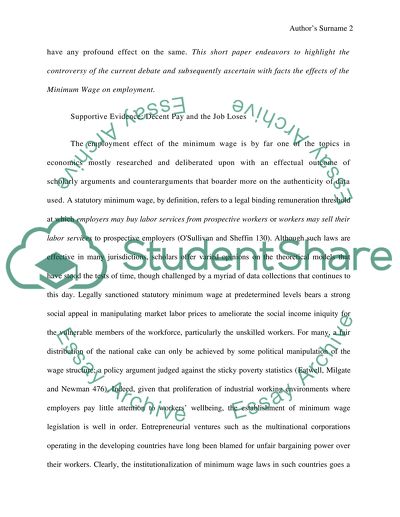Cite this document
(“The employment effects of the minimum wage Term Paper”, n.d.)
The employment effects of the minimum wage Term Paper. Retrieved from https://studentshare.org/macro-microeconomics/1403900-is-microsoft-a-monopoly-or-intellectual-property
The employment effects of the minimum wage Term Paper. Retrieved from https://studentshare.org/macro-microeconomics/1403900-is-microsoft-a-monopoly-or-intellectual-property
(The Employment Effects of the Minimum Wage Term Paper)
The Employment Effects of the Minimum Wage Term Paper. https://studentshare.org/macro-microeconomics/1403900-is-microsoft-a-monopoly-or-intellectual-property.
The Employment Effects of the Minimum Wage Term Paper. https://studentshare.org/macro-microeconomics/1403900-is-microsoft-a-monopoly-or-intellectual-property.
“The Employment Effects of the Minimum Wage Term Paper”, n.d. https://studentshare.org/macro-microeconomics/1403900-is-microsoft-a-monopoly-or-intellectual-property.


